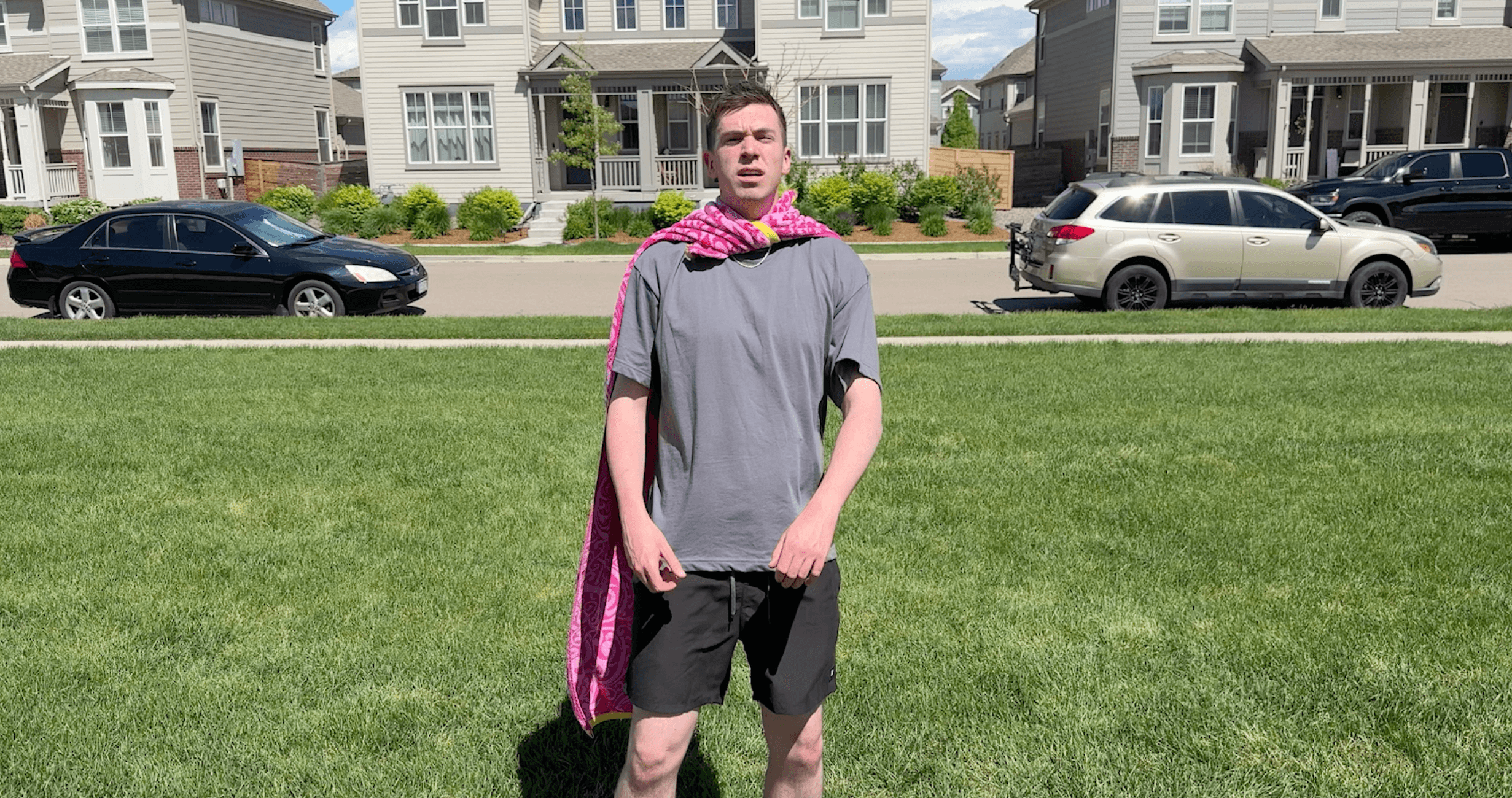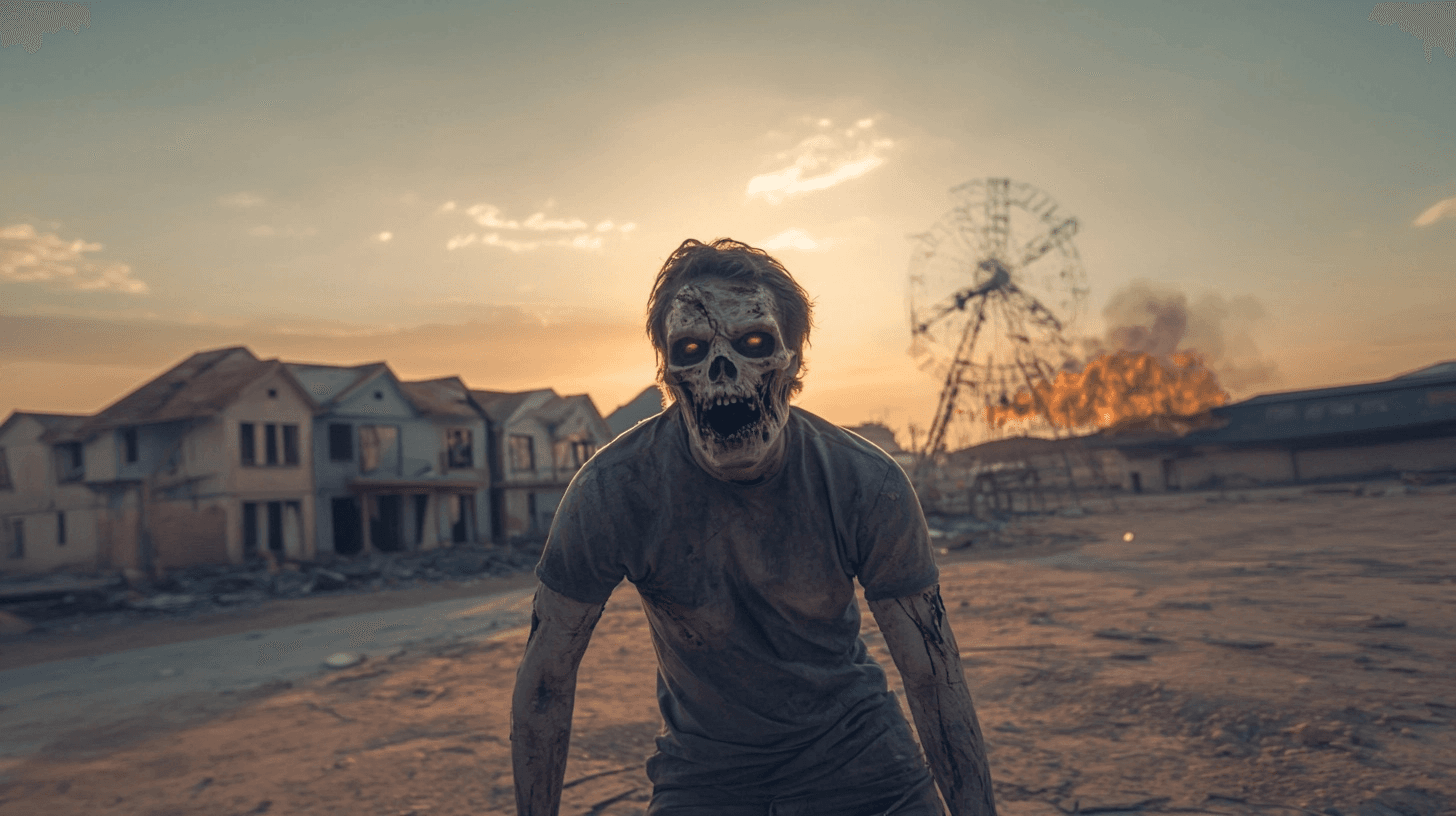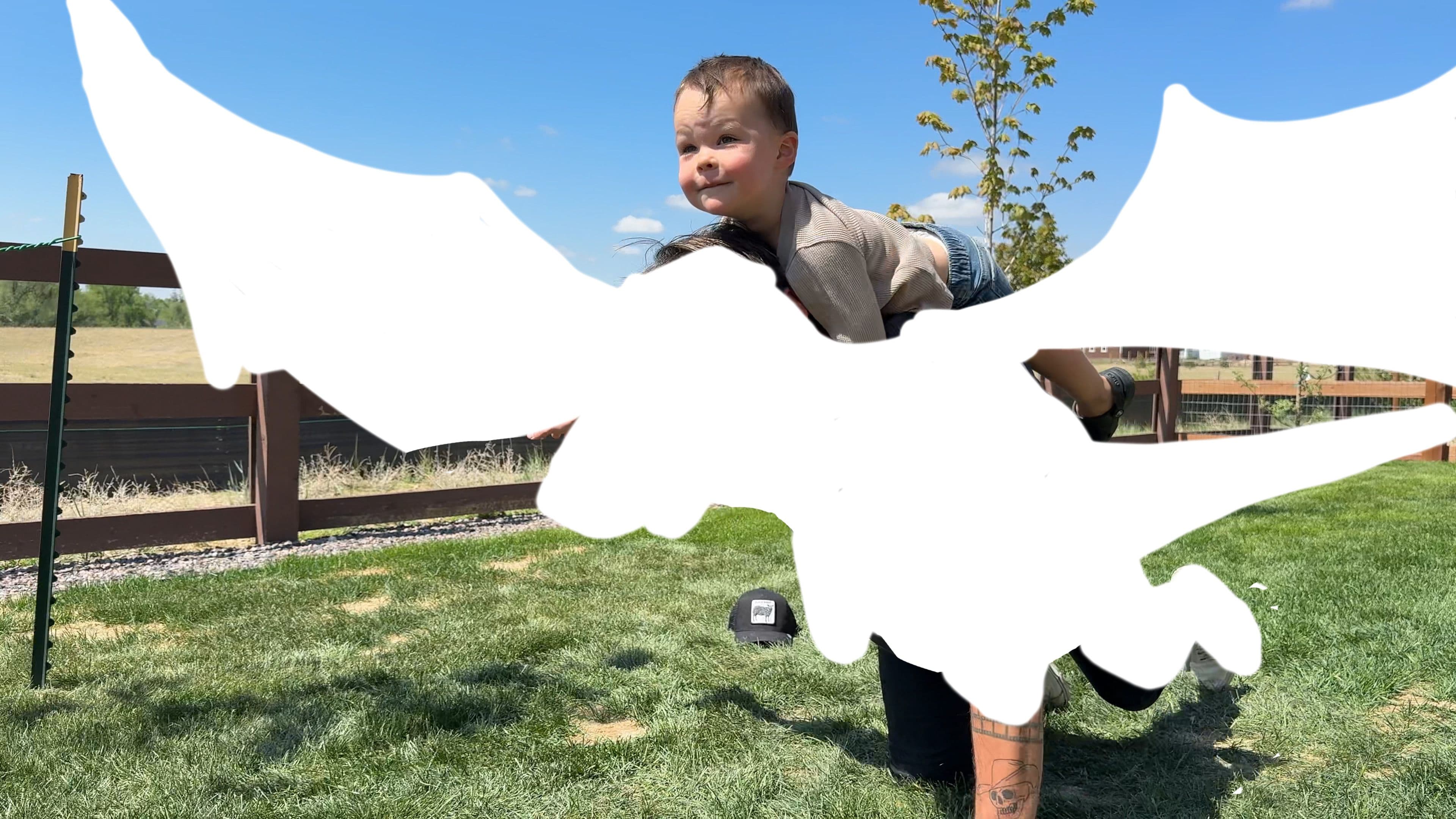Transform Indoor Scenes into Outdoor Landscapes with Video-to-Video AI
Imagine filming in a small studio and turning that footage into a sweeping mountain vista, a sunlit forest, or a windswept beach all without ever leaving the room. That’s the future of Video-to-Video AI.
Why Transform Indoor Footage?
In video production, location is often one of the biggest challenges. Shooting on location can be expensive, time-consuming, or even impossible due to weather, logistics, or safety concerns. While green screens help, they demand precise lighting setups and complex post-production to achieve realistic results.
Video-to-Video AI offers a new path forward. Instead of relying on physical constraints, creators could:
- Expand storytelling by placing characters in any natural or fantastical landscape.
- Reduce costs associated with travel, permits, and large crews.
- Experiment quickly with different creative ideas without committing resources to a single location.
- Maintain consistent visuals across shots, even with complex scene transformations.
How Video-to-Video AI Works
Traditional visual effects workflows depend on green screens, manual rotoscoping, and labor-intensive compositing. While powerful, these techniques require significant time, expertise, and budget.
Video-to-Video AI takes a different approach, leveraging advanced deep learning models to transform entire scenes intelligently. Here’s how these systems can work:
Scene Understanding
First, the AI analyzes the video frame by frame, identifying foreground subjects, spatial depth, and the structure of the environment. It understands where people or objects are in space, ensuring they remain separate from the background during transformation.
Semantic Transformation
Using either text prompts for example, “turn this living room into a pine forest at dawn” or reference images, the AI generates a new environment. It modifies textures, lighting, colors, and natural elements to seamlessly blend the indoor scene into a new outdoor setting.
Temporal Consistency
One of the biggest challenges in video is maintaining consistency across frames. Simple frame-by-frame edits can result in flickering or visual artifacts. Emerging Video-to-Video AI models prioritize stable transformations, preserving motion and coherent visuals throughout the video.
Realistic Integration
Beyond simply replacing a background, the AI adjusts lighting, reflections, and atmospheric effects so the foreground subjects integrate naturally into the new environment. This ensures the transformed scene feels believable and immersive.
Creative Possibilities
Transforming indoor scenes into outdoor landscapes unlocks enormous creative potential:
Film and Television
Directors could film actors in controlled studio environments while setting scenes in remote or fantastical landscapes, without complex set builds.
Music Videos
Artists could appear in a minimalist studio one moment and a dramatic natural vista the next all from a single shoot.
Social Media Content
Creators could surprise audiences with striking scene changes, elevating the engagement and shareability of their videos.
Advertising
Brands could showcase products in exotic or seasonal locations without the cost and complexity of location shoots.
Virtual Production and Previsualization
Filmmakers and game developers could rapidly prototype different visual environments before committing to full-scale production.
Benefits of Traditional Techniques
Emerging Video-to-Video AI methods offer several advantages over traditional green-screen or compositing workflows:
- No need for physical green screens or elaborate set designs.
- Minimal manual rotoscoping or masking is required.
- Lower technical skill barriers for achieving high-quality results.
- Faster turnaround for creative iterations.
- Reduced costs compared to on-location shoots and complex post-production.
- Greater flexibility to generate completely new environments from simple prompts.
A Glimpse Into the Future
Consider a fashion brand shooting its latest collection indoors. With Video-to-Video AI, that same footage could be transformed into:
- A sun-drenched field of wildflowers.
- A misty mountain overlook at sunrise.
- A tropical beach with rolling waves and vibrant skies.
All while preserving the detail and color accuracy of the clothing, creating fresh, compelling visuals for marketing or social media.
The Future of Creative Storytelling
Video-to-Video AI isn’t just a technical innovation, it’s the beginning of a new era in visual storytelling. It holds the potential to remove barriers between imagination and production, giving creators tools to bring any vision to life without physical limitations.
At Luma AI, we’re excited about the possibilities these technologies represent. While some of these capabilities are still emerging, the future is closer than ever and it’s transforming how videos are created and experienced.
Discover More

Transform Film Scenes with AI Video to Video Style Change
Restyle Cinematic Scenes with Next-Gen AI No VFX, No Reshoots
Filmmaking is evolving and so should your workflow. With Luma AI’s Video to Video generator, directors, editors, and creators can transform ordinary film footage into high-impact, stylized scenes without relying on costly reshoots, complex post-production, or visual effects pipelines

Video to Video Character Style Swap Using AI for Creative Transformation
Reimagine Your Footage with AI Video-to-Video Stylization
Take your video content to the next level by effortlessly changing how characters look without ever reshooting. With Luma AI video-to-video capabilities, you can transform real-world footage into stylized formats like anime, cinematic 3D, painting-like visuals, and more, while preserving the original motion, lighting, and scene structure.
Whether creating content for social media, films, or concept art, Luma AI helps you stylize characters across entire videos with frame-to-frame coherence and stunning visual consistency.

Convert Real Scenes into Cartoons with Video to Video AI
Bring Real-World Footage to Life with Cartoon Magic: No Animation Skills Needed
Imagine turning a standard piece of real-world footage into a stylized cartoon video without manual rotoscoping, frame-by-frame drawing, or motion design software. With Luma AI Video to Video, creators can now apply advanced cartoon transformations to live-action videos using just a few clicks. Whether it’s for marketing, storytelling, educational content, or social media, this feature empowers you to unlock an entirely new visual identity for your videos instantly and intuitively.